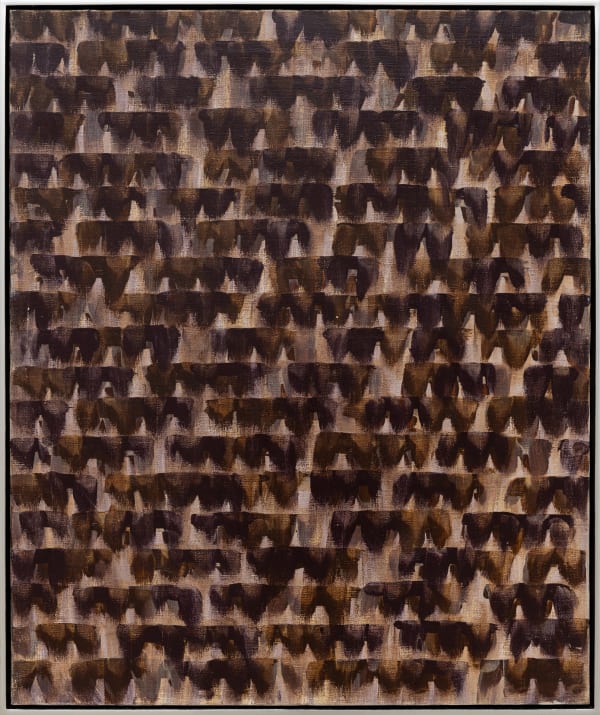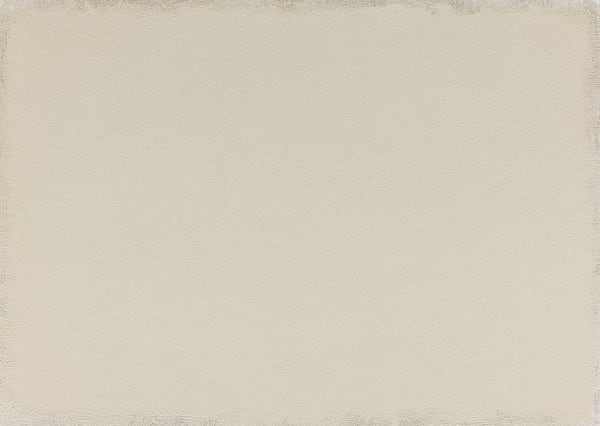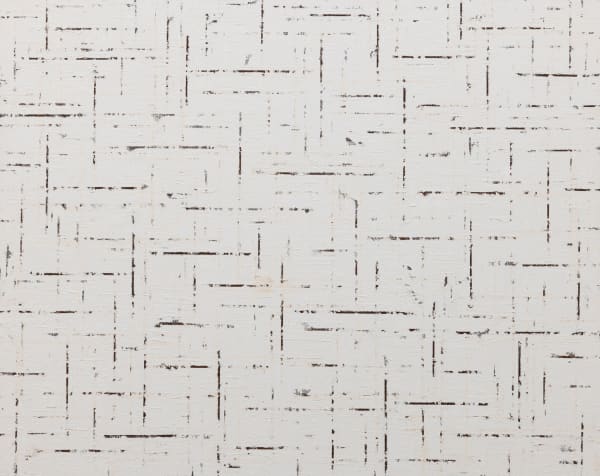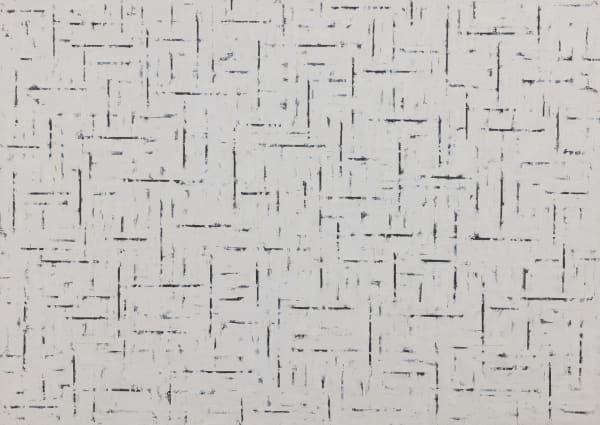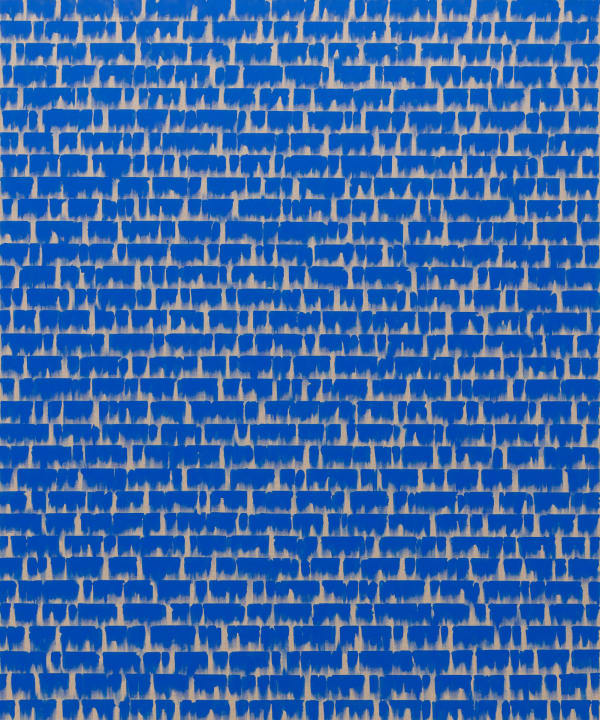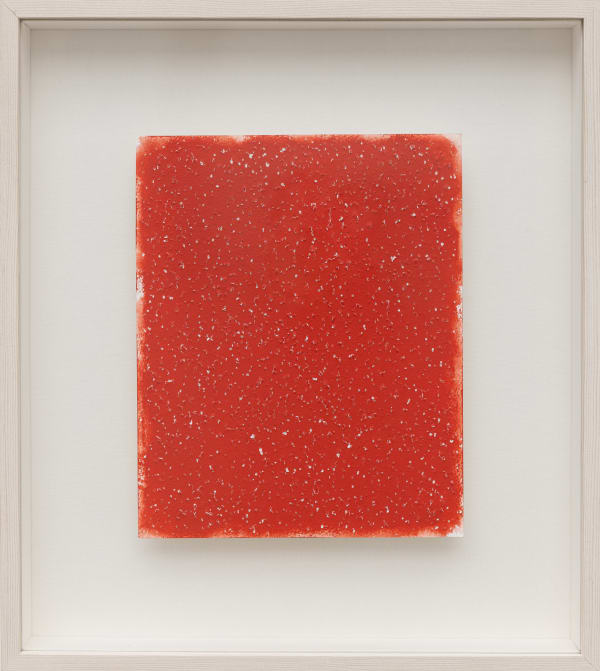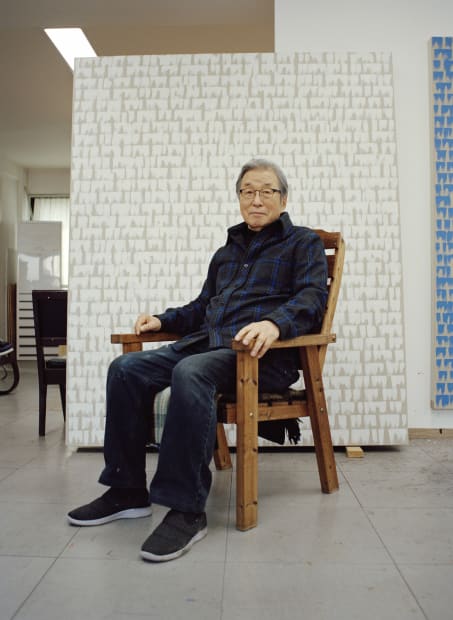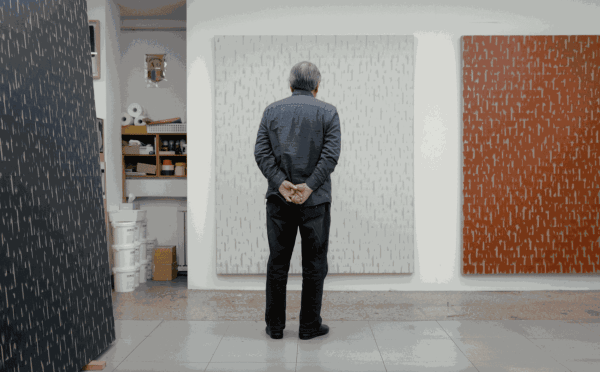The Page Gallery is delighted to announce its first participation in TEFAF New York. For the 10th edition of TEFAF New York, The Page Gallery presents a solo booth featuring Choi Myoung Young's focused paintings from various series, showcasing works ranging from the 1970s to the present.
In particular, the stand of The Page Gallery will be designed by Kuho Jung, who also served as the chief creative director for the Samsung Museum Leeum's renovation project. The exhibition will take place in the historic room known as the first-floor Field and Staff Rooms, designed by Pottier & Stymus, featuring Renaissance Revival architecture with floral and geometric stencil work
-
-
Choi Myoung Young 최명영 (b. 1941, Korea)
“In my work, I impose conditions on my painting process to help the paintings achieve their fundamental state, which is, ultimately, a flat plane”.
— Choi Myoung Young
Born in Haeju, Hwanghae-do, in 1941, Choi Myoung Young defected to South Korea during the Korean War and grew up in Gunsan and Incheon. After he studied at Hongik University College of Fine Arts in 1960, Choi spent the remainder of the decade as a member of the art groups 'Origin' (1963–), 'Korean Avant-Garde Association' (A.G., 1970–1973), and 'École de Seoul' (1975–1999), and participated in the likes of the Paris Biennale (1967) and São Paulo Biennale (1969) to set his foot in the art scene as an emerging artist.
Choi Myoung Young's artistic journey began in the 1960s with his focus on paintings called ‘Conditional Planes’. This style, which emphasizes a flat surface of the canvas, aligned him with the Dansaekhwa paintings that transcend mere subject representation. His exploration of geometric abstract paintings, characterized by simple, clear lines and forms in primary colours, started in the early 1960s when he was an active member of ‘Origin’, a group dedicated to rational and logical geometric abstraction.
Since the mid-1970s, Choi has persistently explored using his body and the relationship between the canvas plane and the medium of paint, repeating and varying physical actions on top of the flat surface to understand painterly existence. In the mid-1970s, the artist produced what are known today as the “fingerprint” series.
-
Choi Myoung Young's artistic approach took a meditative turn in the mid-1970s. He adopted a unique technique, applying layers and layers of paint using a roller, akin to a calligrapher's single stroke, to complete a letter. This method resulted in the creation of simple compositions, a testament to his artistic discipline.
-
The 1970s was also the starting point for his works on paper and the basis for his series. The oeuvre from this period was created by piercing the back of the inked paper with an awl. The artist applied paint on the traditional Korean mulberry paper, Hanji, and made tiny holes to allow the applied paint to leak through the surface of the paper. The myriad of jagged awl marks on the plane suggests a performative, repetitive aspect of art and its reasons in philosophy.
-
-
After the mid-1980s, his painting surfaces comprised vertical and horizontal strokes, created through repeated layering of strokes with another layer, over and over again. Choi has compared his production method to the Buddhist tradition of transcribing scriptures, implying that he considers his painting process a form of self-discipline. Since then, he has been producing an ongoing series of monochrome paintings, “Conditional Plane,” and resumed his exploration of the nature of the plane as a painting space.
"The minimum units of the Conditional Planes are vertical and horizontal lines and planes. He often uses Black and white which are neutral colors that can embrace the essence of other colors, and they are the most ideal colors to achieve the planarity."— Choi Myoung Young
-
-
-
-
Choi Myoung Young (b. 1941) received his bachelor's and master's degrees from the Department of Painting at Hongik University. Choi held solo exhibitions at Almine Rech, Paris, in 2023; The Page Gallery in 2015, 2019, and 2022; Tokyo Gallery, Tokyo, in 2000; and Mook Gallery in 1992. He recently participated in the group exhibition "Only the Young: Experimental Art in Korea, the 1960s-1970s" at Solomon R.Guggenheim Museum, NY, US, in 2023 and at Hammer Museum, LA, US, in 2024
His works are in the collections of renowned art institutions at home and abroad, such as National Museum of Modern and Contemporary Art, Korea(MMCA); Tokyo Metropolitan Art Museum, Tokyo, Japan; Seoul Museum of Art, Seoul, Korea(SeMA); Busan Museum of Art, Busan, Korea; Gwangju Museum of Art, Gwangju, Korea; Total Museum, Seoul, Korea; Leeum Museum of Art, Seoul, Korea; Saatchi Gallery, London, UK.
-
PRESS

